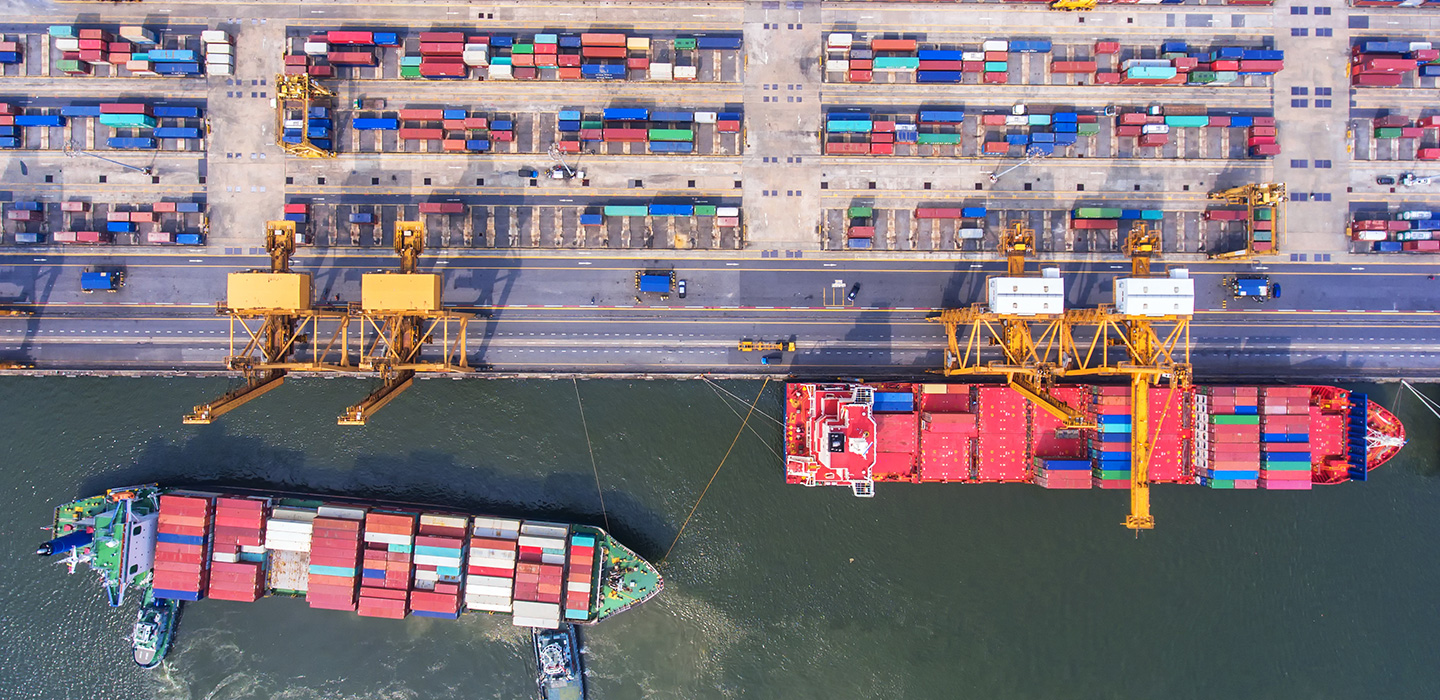The Suez Canal incident has dominated news, with the world watching in abated breath on the progress of dislodging the stricken mammoth vessel, Ever Given, from blocking the waterway.
Certainly, one can expect to feel the repercussions on shipments, oil and commodity prices, and availability of goods. Those in Europe have heard the news that they may face a shortage in instant coffee, as the ingredients could not be shipped over.
While the ship will eventually be freed and the jam alleviated, what are the potential ramifications for global supply chains?
Greater use of multimodal transport in short and medium term
In the short term, shipping routes are being re-routed, primarily through the Cape of Good Hope in Africa. This is a longer distance of over 10 days, leading to delays and higher costs. Although the immediate delay is on the Europe-Asia routes, the delays will also affect all other shipping as ship capacity is tied up.
We are likely to see an increase in the use of other transportation modes as well. Air freight could be used, although this is more expensive and likely to be activated for urgent shipments, such as out-of-stock raw materials for production, or spare parts for maintenance and repair. It could also be used for smaller volume and low weight items, such as e-commerce or consumer items like cosmetics, fashion, and electronics.
Overland transport such as rail and trucking had already seen a surge during the pandemic-induced port delays last year. For example, rail connections that go from China to Europe, passing through Russia and Central Asia, were introduced in the earlier part of 2010s, and have become part of the Belt Road Initiative. Rail and truck shipments from China to Southeast Asia have also increased during this period.
These modes will not be able to substitute sea freight, as according to United Nations Conference on Trade and Development, sea freight accounts for 80 per cent of global trade volume. These land-based modes have also been traditionally more expensive than sea freight.
While they are an important part of the alternative shipment modes for companies, whether they become more widely adopted in the long term, would depend on how the prices compare to sea freight in the future.
Financial liabilities will take longer to sort out
The physical logjam at the Suez Canal will be cleared in days, but the financial repercussions could take longer to sort out. At stake are liabilities for missed deliveries, lost sales, manufacturing down time, expired products, and insurance claims. This is not only for the Ever Given vessel, but for the delayed deliveries of other affected vessels. Who absorbs these costs will be a lengthy affair of multi-party negotiation among shippers, consignees, shipping lines, freight forwarders, and insurance companies.
The extent of these potential commercial liabilities will increase the more the situation drags on, considering that billions of dollars of trade passes each day through the Suez Canal.
Supply chain resilience is expensive
In the longer term, the Suez Canal incident is likely to be part of the larger trend in recent years that see companies focusing more on supply chain and business continuity.
Ensuring supply chain continuity is more expensive though. It involves keeping more inventory, rather than focusing on Just-in-Time (JIT). It ensures multiple sources to ensure supply continuity, which can also increase the cost of logistics and price of products. Countries and companies are also exploring near shoring alternatives, especially in critical supplies such as food, medicine, and energy, where possible.
For example, in Singapore, the focus on food resilience is part of this trend, but local produce could be more expensive as well when produced in an urban area, and using vertical farming technology. The focus on smart manufacturing is also a way to localise and to tap on companies that are looking to diversify their footprint in Asia.
Companies weigh their trade-off between the costs of contingency planning versus the costs of disruption. If disruptions are rare like black swan events, then it probably does not make sense to pay for the extra costs of risk mitigation. If, however, we expect to see some form of disruption regularly, then it would make commercial sense to pay for the extra costs of back-up plans.
Changing global supply chain structures
As an incident by itself, what happened at the Suez Canal would likely not cause major changes to supply chains.
However, the global supply chain landscape has been changing and adapting, reshaped by new emerging markets, trade tariffs, impact of technologies such as automation and e-commerce, and most recently, COVID-19 disruptions.
We are more likely to see a portfolio approach rather than a one-size-fits-all approach, with a business mix that is spread across different customers and different countries. Companies need to understand the overall trend lines and invest based on a medium-and-long-term perspective, while preparing for the inevitable short-term operational fluctuations.
Global supply chains will continue to become more varied, with regional supply chains interlinked globally as well.
The Suez Canal incident is one more reminder of the need for supply chain resilience in our long-term planning.




